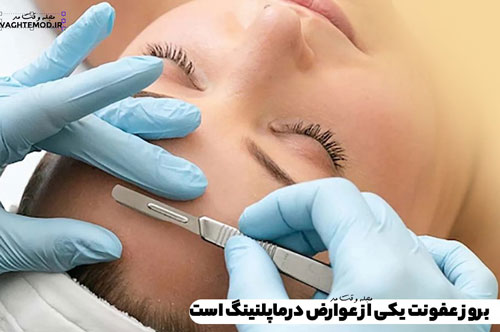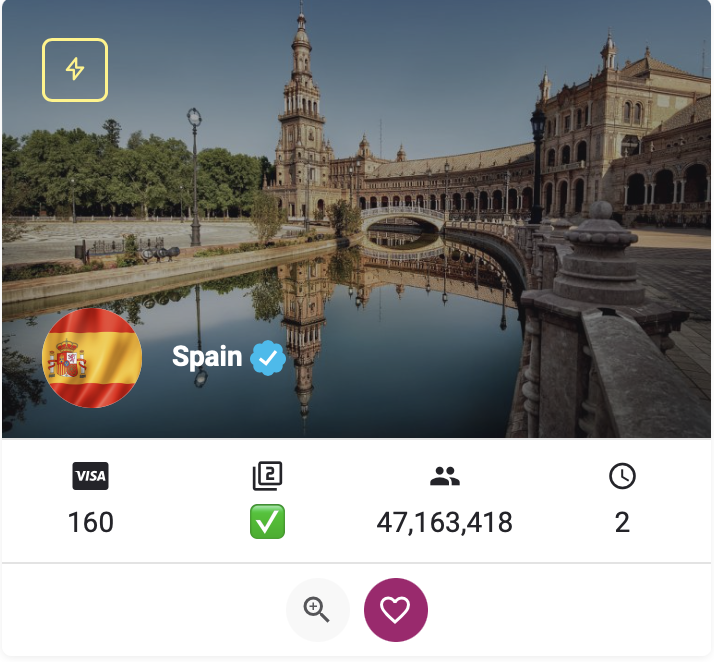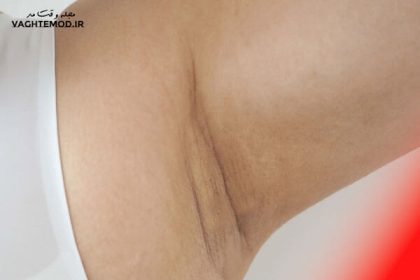Dermaplaning is a beautiful and minimally invasive method that removes the upper layers of the skin and helps to reduce acne, remove pores, smooth the skin and remove fine wrinkles.. Some people use dermaplaning to get rid of unwanted hair. But this work has its own benefits and complications.
In this series of skin care and health content from Vaghtemod magazine (vaghtemod.ir), You will read all important information about skin dermaplaning, its advantages, disadvantages, side effects and application.
What is dermaplaning?
Dermaplaning (Dermaplaning) is a minimally invasive skin treatment that uses an exfoliating blade to remove dead skin cells and unwanted hair.
Dermaplaning helps to reduce pimples and acne or other skin defects. Basically, this beauty method is performed with the aim of rejuvenating, smoothing and brightening the skin surface. However It does not stop the skin aging process.
Most people use dermaplaning on the face, but you can do it anywhere on the body. This treatment claims to remove deep acne scars and pimples on the skin and can also be used to remove short and soft facial hair.
This is a temporary solution because the hair will grow back and it does not work like laser hair removal. Click here to learn about 12 benefits of laser hair removal.
skin dermaplaning; It is used for any type of skin that has problems such as pimples, dull skin, dry skin, skin damaged by the sun and fine wrinkles.
Read about facial beauty procedures: What is hair mesotherapy? Complications, benefits and effectiveness of mesotherapy for the treatment of hair loss.
How is skin dermaplaning performed?
Dermaplinic does not require anesthesiabut the doctor may apply numbing cream or spray on the face about half an hour before the operation. At the time of performing this cosmetic procedure, You may feel scratchy and burning on the skinbut not painful.
The dermatologist uses a special tool called a dermatome, which is similar to an electric razor; It is used to remove dead skin cells and excess hair. Dermatome has a small blade that moves back and forth across the skin. This tool does not make a cut in the skin, but gently scrapes the top layer of the skin and exfoliates the skin in a way.

The sterilized blade is gently stretched over the skin at an angle of 45 degrees and removes dead skin cells, scar tissue, and excess hair and smoothes the skin surface..
After that, the doctor applies a soothing gel or ointment to the treated area to reduce the redness and swelling of the skin. Dermaplaning takes from a few minutes to an hour and a half depending on the skin problem and the size of the treated area. Dermaplaning removes damaged skin cells and new skin cells are created.

Know about skin beauty: What is hair microneedling? Is hair microneedling effective for treating hair loss? Complications, application, procedure.
What are the risks and complications of dermaplaning?
After dermaplaning The skin will be red, swollen and sensitive. The specialist may prescribe medication to reduce any discomfort. If the swelling and redness of the skin lasts more than a week or worsens, see a doctor. This cosmetic procedure is generally safe, however, it carries the following risks:
- Incidence of infection It is one of the side effects of dermaplaning.
- The occurrence of scars such as keloid scars or raised and large ones
- For some people, within a day or two after dermaplaning, Whiteheads on the skin is created
- Change in skin color Another side effect of this treatment method is
- Burning or tingling sensationabout 48 hours after the operation
- If you have inflammatory skin diseases such as; Do not do dermaplaning for acne, rosacea, psoriasis, eczema and sunburn.
- Among other possible side effects of dermaplaning, Skin pigments Patchiness in the treated area that diminishes or disappears over time.
- Whenever a sharp object comes near your face, There is a risk of severe skin damage.

Read more: What is endolift? Uses, side effects and benefits, scientific facts.
What are the benefits of dermaplaning?
The advantages and benefits of dermaplaning include the following:
- Reduction of facial hair and dead skin cellsMakes the face fresher and younger after the first treatment.
- Dermaplaning For all skin typesIt is especially suitable for sensitive and dry skin.
- This method of treatment, a lot Fast and non-invasive and it takes between 30 and 45 minutes.
- Reduces fine wrinkles and brightens and rejuvenates the skin.
- As you get older, Collagen production slows down. By exposing the skin to oxygen, dermaplaning increases collagen production and thus creates a smooth texture on the face by removing excess hair.
- Exfoliating the skin allows skin care products to penetrate the skin better and improve results. The days after the dermaplaning treatment are the best time for makeup.
- Another benefit of dermaplaning It helps to re-grow facial cells which allows serums and moisturizers to penetrate into the skin. By implementing this method, you will get rid of cracked epidermis.
- This type of exfoliation removes some types of pimples and treats skin pores.
- During exfoliation, sebum is dispersed and dead skin cells are removed. This event prevents the occurrence of pimples, because with the destruction of dead skin cells, the possibility of clogging the pores decreases.
- This treatment leads to an increase in cell circulation and eventually makes the skin healthy and glowing.
- If your skin is irritated by dermabrasion, dermaplaning may be more suitable for you.
- Reducing excess hair in the beard area is another benefit of dermaplaning for men.
Read more: What is collagen therapy? What are the side effects, uses and benefits of skin plastination therapy?
How often should the dermaplaning treatment be repeated?
Skin dermaplaning results are not permanentthis method claims to remove dead skin cells for up to three weeks and is needed for hair removal and skin rejuvenation. Repeat it about once a month. Of course, this is not a treatment that you need to do many times.
The epidermis helps protect the skin from allergens and other potential irritants in the outside world. Dermaplaning can irritate and damage the top layer of the skin. The number of dermaplaning sessions is determined depending on the skin type, skin problem, treated area and doctor’s opinion.
Comparison of microdermabrasion with dermaplaning!
Dermaplaning and dermabrasion are skin regeneration methods. In each of these methods, different tools are used and different amounts are removed from the skin. In dermaplaning, a surgical knife or razor is used to rejuvenate and exfoliate the skin. Microdermabrasion is a non-surgical procedure that uses an exfoliating blade that is like sandpaper to smooth the skin and remove scars.
Microdermabrasion includes several treatment courses, the results of which last for several months, but the durability of skin dermaplaning is less. The level of safety, effectiveness, possible side effects and cost of these two methods are the same.
Learn more: What is PRP hair? PRP scientific facts, side effects, benefits, working method, cost.

Necessary care after skin dermaplaning
- Avoid exposure to sunlight.
- Use cosmetics sparingly.
- Choose gentle moisturizers for your skin to help keep skin hydrated and fresh.
- Avoid direct exposure to the sun for three days after dermaplaning and use sunscreen with a suitable SPF.
- Reapply your sunscreen every two hours.
- After doing this beauty procedure, you can immediately go about your daily activities.
RCO NEWS
RCO















